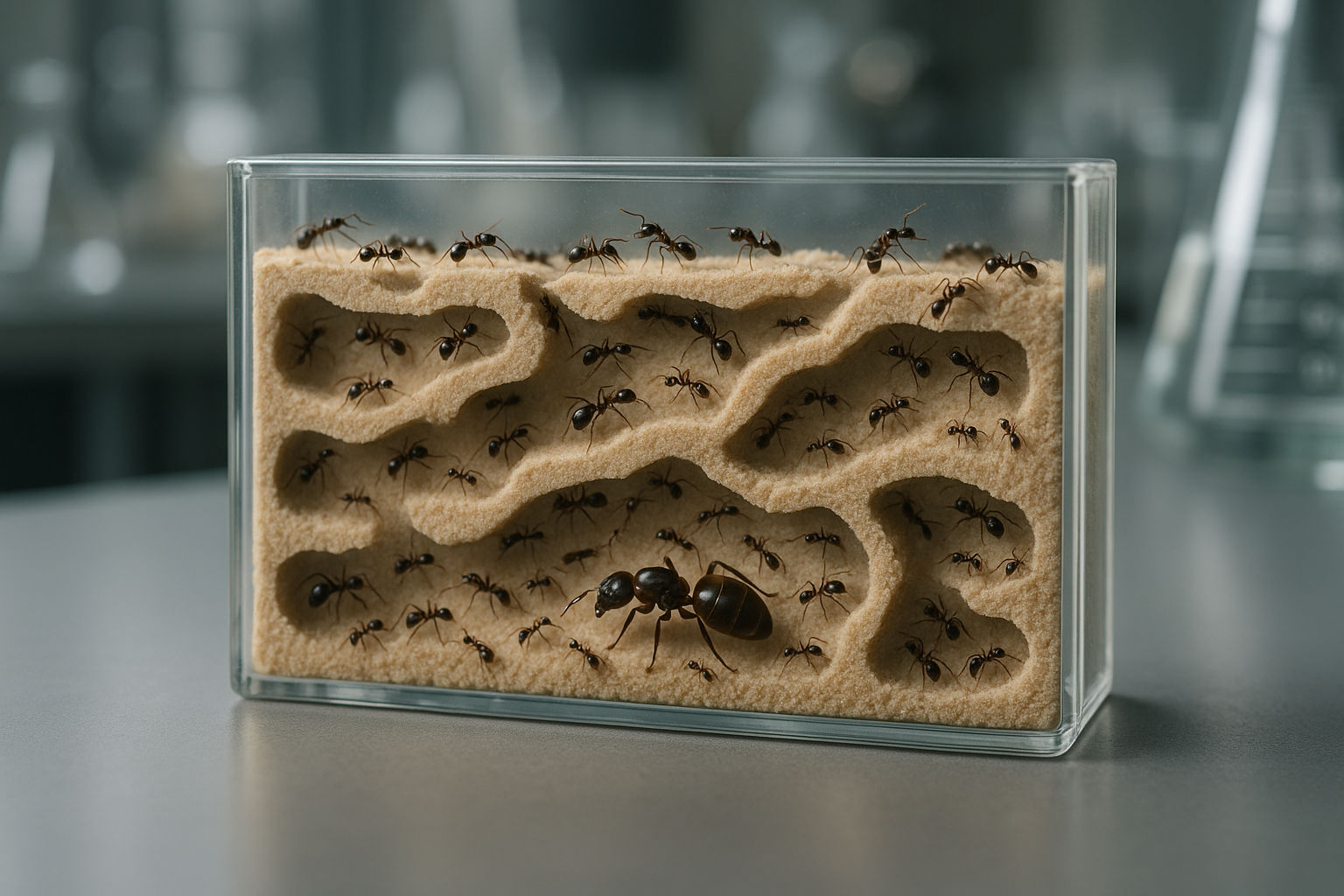The Intriguing World of Ant Farms: A Closer Look
Introduction: Ant farms have long fascinated adults and children alike, serving as both educational tools and captivating pastimes. This article delves into the fascinating world of ant farms, exploring their history, recent trends, and their enduring appeal.

A Journey Through Time: The Genesis of Ant Farms
Ant farms, also known as formicariums, have an intriguing history that dates back to the early 20th century. In 1900, Charles Janet, a French entomologist, designed the first formicarium to study ant behavior more closely. This innovative creation was merely the beginning of a phenomenon that would capture the world’s curiosity.
The formicarium became popularized in 1956 when Milton Levine introduced “Uncle Milton’s Ant Farm” to the American market. Levine’s ingenious idea was sparked during a Fourth of July picnic when he observed a colony of ants and was captivated by their structured and communal lifestyle. His product became a sensation, selling over 20 million units since its inception.
Ant Farms Today: The New Wave
Ant farms have come a long way from their humble beginnings, with advancements in technology and design contributing to their evolution. Modern ant farms now feature LED lights for better visibility and intricate tunnel systems that mimic natural ant habitats.
In recent years, ant-keeping has seen a resurgence in popularity. This is in part due to the rise of AntTube, a niche community on YouTube where ant enthusiasts share videos of their colonies. The largest of these channels, AntsCanada, has over 3.5 million subscribers, demonstrating the enduring fascination with these industrious creatures.
The Market Impact and Cost of Ant Farms
Ant farms cater to a wide range of budgets, with prices typically ranging from $15 to $200, depending on the complexity of the design and the species of ant included. The ant farm industry, while niche, continues to thrive due to constant innovation and a dedicated consumer base. This market contributes significantly to the broader pet industry, which is valued at $99 billion in the United States alone.
Learning from the Little Ones: The Educational Value of Ant Farms
Ant farms are more than just a hobby; they’re a valuable educational tool. Observing ants can teach children about social structures, work ethics, and cooperation. In a colony, each ant has a specific role, from the queen - the heart of the colony - to the workers and soldiers. This division of labor is a fundamental concept in biology and sociology, making ant farms an excellent teaching aid.
The Future of Ant Farms: A Growing Interest
The interest in ant farms is far from waning. With the advent of 3D printing technology, enthusiasts can now create custom formicariums to suit specific ant species or personal preferences, suggesting a more bespoke future for the hobby.
In conclusion, the world of ant farms provides a unique intersection of education, entertainment, and science. As technology continues to advance and interest in these tiny creatures persists, the future of ant farms promises to be as fascinating as the creatures they house.






